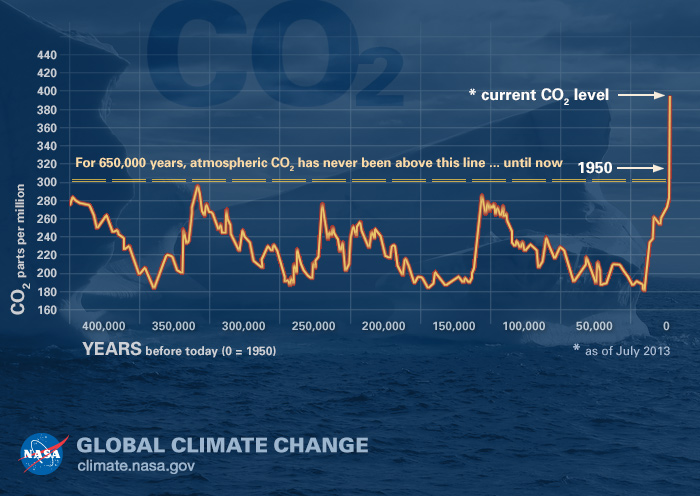We have witnessed the impact of numerous natural disasters and weather-related incidents such as heat waves on vulnerable older adults. Dramatic examples include the 2011 Tsunami in Japan , Hurricane Katrina, and the 1995 heat wave in Chicago. There is broad scientific consensus that climate change is occurring, that it is caused by human activity, and that one of the effects of climate change is increasing volatility in weather-related incidents such as these.

Vulnerability to climate change
According to the United Nations International Panel on Climate Change vulnerability to climate change is determined by how much you are exposed to the effects of climate change, how sensitive you are to those effects, and your ability to adapt to those effects. These, in turn, are influenced by where you live and your access to resources.
Although there is existing research on the impact of climate related stressors on older adults, it has largely been retrospective. Less work has considered how to prepare within the context of climate change predictions. Research to date has largely focused on the limitations of older adults’ and has not incorporated the perspectives of older adults.
A recent article from researchers at Antioch University in New Hampshire describes a community-based participatory action research approach with older adults in Bridgeport, CT to assess their vulnerability and ability to respond to predicted climate changes.
A slight detour: Community-Based Participatory Action Research (CBPAR)
Research happens in a lot of contexts and through a lot of mechanisms. We collect data through online surveys that are completely anonymous or through phone or face-to-face interviews. We administer interventions to address a problem and collect data from people before and after to see what changes. We do longer, in-depth interviews with people to learn about how their experiences and perceptions. We observe community meetings, protests, or other events and document the ways that people react and interact. In all of these cases, there is a wall between researcher and research subject. The solidity of the wall may vary depending on the focus of the research and the method used, but it is there.
CBPAR breaks down that barrier by involving stakeholders in the research process from beginning to end. It is community-based because it is grounded in the needs of the community rather than the interests of the researcher, participatory because the community is directly engaged throughout the process, and action focused because the goal is to move toward some positive community or social change in addition to contributing to a body of knowledge.
This study used CBPAR to involve older adults in one community in a process to identify their vulnerabilities and strengths related to stressors from climate change. They did this through two open community meetings where they gathered data from 55 residents aged 65 and older. From this data they developed a survey that was administered to a different group of people and completed by 164 older adults.
Some key findings:
- Participants identified a range of current impacts from stressors related to climate change such as physical ailments and personal injury, stress and mental health issues, social isolation, and financial strain related to damaged property or other issues.
- Personal characteristics contributing to vulnerability included:
- chronic health conditions that limit the ability to get to a shelter or are exacerbated by heat or air pollution,
- living alone which may make someone less likely to receive warnings and limit social support for help,
- living on a fixed income which can limit the ability to gather emergency supplies, run an air conditioner, or pay for alternative shelter.
- Contextual factors included the adequacy of transportation resources, warning mechanisms, resources for coping and recovery, and resources for safe shelter such as shelters’ ability to accommodate those with special needs, good communication about where they are located, and transportation to get there.
- Current adaptive strategies and resources included a range from remaining indoors, going to a hotel or staying with friends or families, and doing things like dressing light, drinking extra fluids, taking cool showers, and closing the blinds to keep the house cool.
- The survey indicated older adults had a high level of concern that cut across a broad range of issues. More than 30% of respondents ranked 23 of the 31 questions as high concerns and over 15% of respondents ranked all 31 questions as high concerns.
This study focused on older adults living independently in the community, but we know from past experience that those living in skilled nursing facilities or other congregate living are also vulnerable.
Responses to climate change can happen in a variety of ways that include both prevention and preparation. This study highlights the need to work with communities to identify areas of particular vulnerability and create a plan in anticipation of increases in volatile weather conditions that lead to increased air pollution, extreme heat, and storms and floods.
How is your community preparing?
For the complete article see Rhoades, J. L., Gruber, J. S., & Horton, B. (2018). Developing an In-depth Understanding of Elderly Adult’s Vulnerability to Climate Change. The Gerontologist, 58(3), 567–577. https://doi.org/10.1093/geront/gnw167
